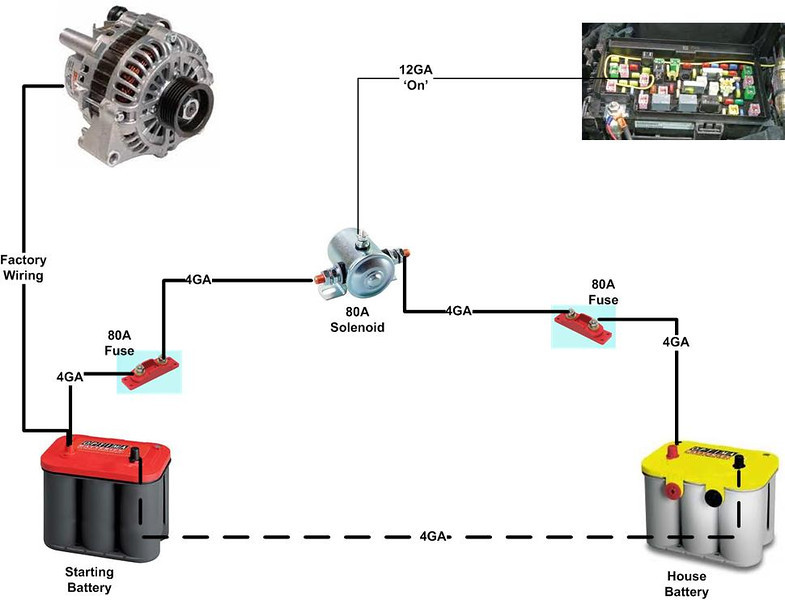Kathleen
Well-known member
- Joined
- Oct 4, 2016
- Messages
- 483
- Reaction score
- 0
Wow, @ John61CT, that link is amazing. And of course the guy is an electrical engineer, a profession I always admired due to my fascination with electricity and lightning (I try not to draw it to me when I'm out in the field!)
My eyes are tired now so I was only able to scan his entire info, and it is lengthy, but I don't mind that because he explains so much so clearly.
I will read it again soon when my eyes are rested. I'm impressed by his knowledge, and it's just in the nick of time because I MUST get someone to install my system properly in order to get the most out of it. I can't afford sloppy mistakes or the wrong equipment.
I see he's no longer permitting posts in response to this solar info. Too bad. Will see if he has a current blog somewhere. He's got the info down and warns against spending hard earned money with salesmen who don't know what they are talking about. "Everyone has an agenda..." Hah! I was in sales and I know this to be true.
When I read it again I have to look for how this info might be applied to my needs living in a minivan. He's in a big RV and has room for all those devices. I'd love to talk to the guy and get his take on what I should do. Better yet, I'd like him to do the install!! :idea:
Thanks so much for that link!!!
My eyes are tired now so I was only able to scan his entire info, and it is lengthy, but I don't mind that because he explains so much so clearly.
I will read it again soon when my eyes are rested. I'm impressed by his knowledge, and it's just in the nick of time because I MUST get someone to install my system properly in order to get the most out of it. I can't afford sloppy mistakes or the wrong equipment.
I see he's no longer permitting posts in response to this solar info. Too bad. Will see if he has a current blog somewhere. He's got the info down and warns against spending hard earned money with salesmen who don't know what they are talking about. "Everyone has an agenda..." Hah! I was in sales and I know this to be true.
When I read it again I have to look for how this info might be applied to my needs living in a minivan. He's in a big RV and has room for all those devices. I'd love to talk to the guy and get his take on what I should do. Better yet, I'd like him to do the install!! :idea:
Thanks so much for that link!!!



























































